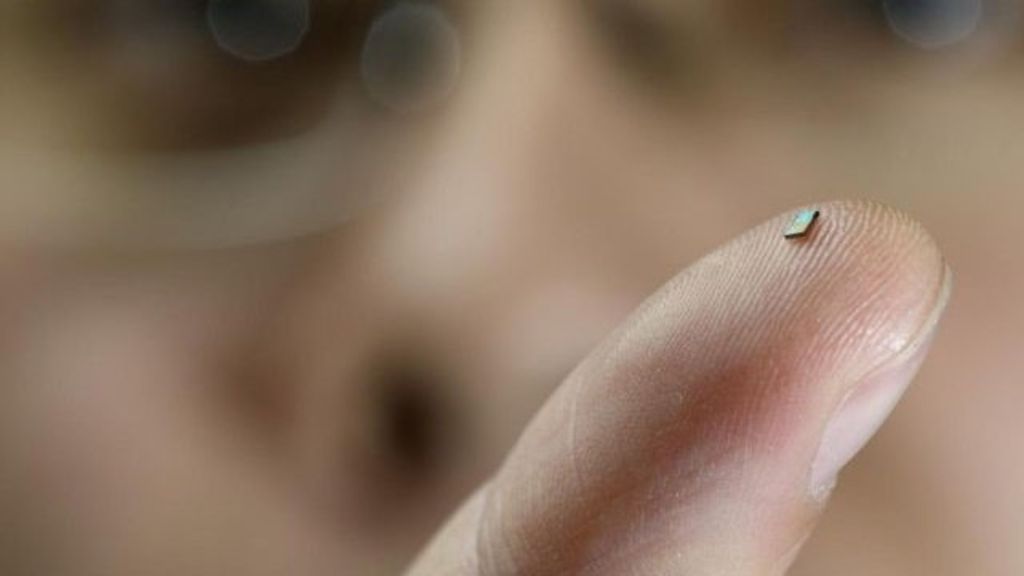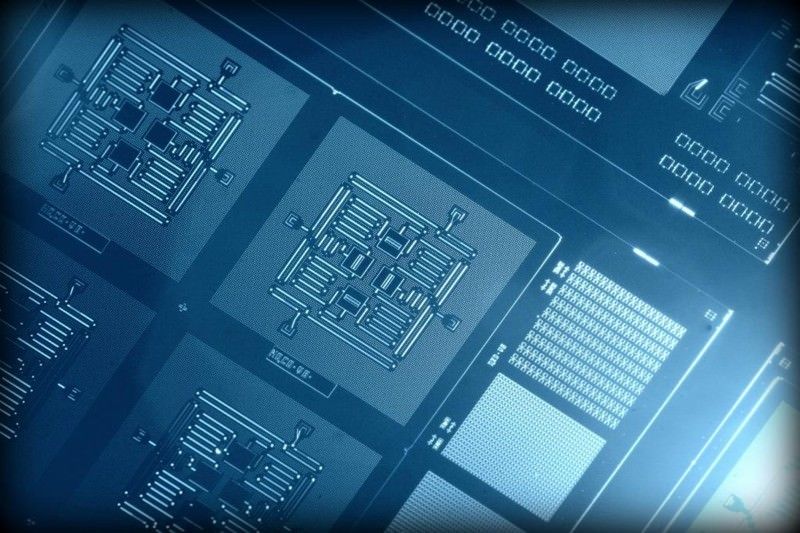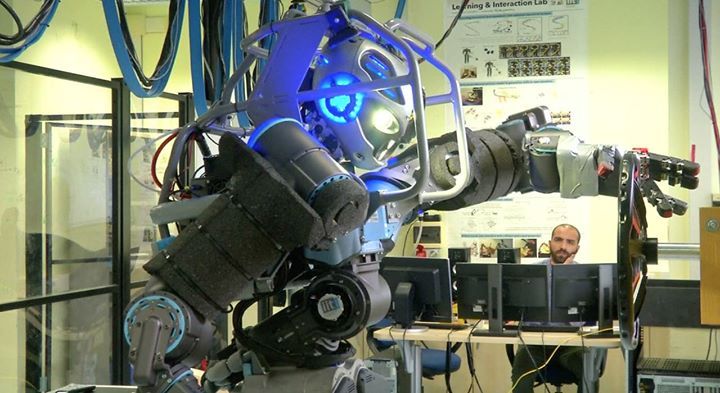Page 11800
Dec 8, 2015
Tiny chip that powers itself from radio waves
Posted by Shailesh Prasad in categories: computing, energy
A tiny chip that uses radio waves to make its energy has been developed by Dutch researchers.
Dec 8, 2015
Laser-Induced Graphene Looks to Displace Batteries With Supercapacitors
Posted by Shailesh Prasad in categories: energy, materials
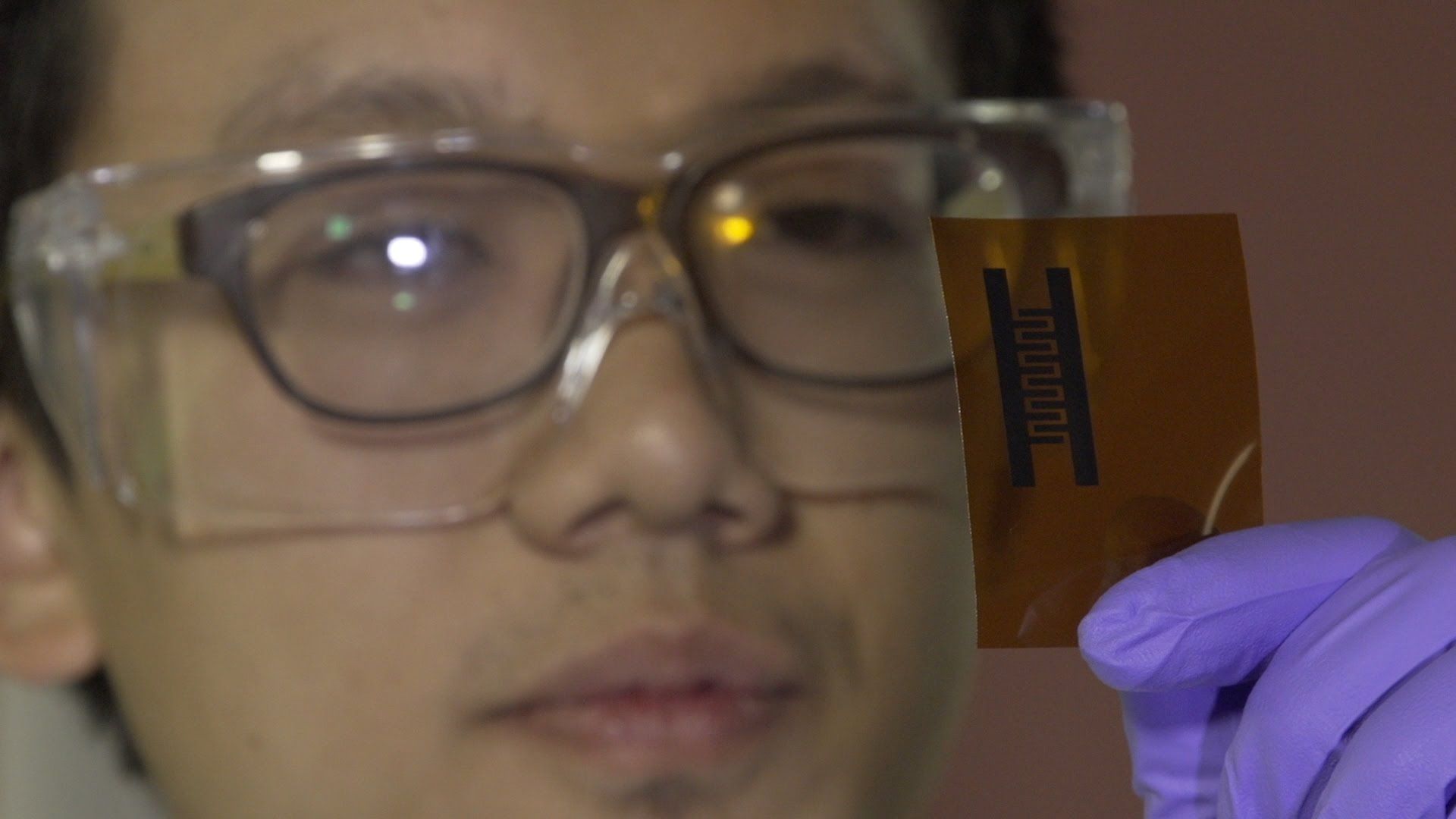
Researchers continue to refine the process for producing laser-induced graphene that promises big changes in energy storage.
Dec 8, 2015
IBM to develop hardware to wipe out errors in quantum computing
Posted by Shailesh Prasad in categories: computing, quantum physics
(Image: IBM)
The race to build a full-blown quantum computer is heating up. Tech giant IBM has been working on error-correcting techniques for quantum hardware, and has now won funding from the US Intelligence Advanced Research Projects Activity (IARPA) to take it to the next level.
Quantum computers promise to vastly outperform normal PCs on certain problems. But efforts to build them have been hampered by the fragility of quantum bits, or qubits, as the systems used to store them are easily affected by heat and electromagnetic radiation. IBM is one of a number of companies and research teams developing error-correcting techniques to iron out these instabilities.
Dec 8, 2015
Controversial Quantum Machine Bought
Posted by Andreas Matt in categories: computing, information science, materials, quantum physics, robotics/AI
Governments and leading computing companies such as Microsoft, IBM, and Google are trying to develop what are called quantum computers because using the weirdness of quantum mechanics to represent data should unlock immense data-crunching powers. Computing giants believe quantum computers could make their artificial-intelligence software much more powerful and unlock scientific leaps in areas like materials science. NASA hopes quantum computers could help schedule rocket launches and simulate future missions and spacecraft. “It is a truly disruptive technology that could change how we do everything,” said Deepak Biswas, director of exploration technology at NASA’s Ames Research Center in Mountain View, California.
Biswas spoke at a media briefing at the research center about the agency’s work with Google on a machine they bought in 2013 from Canadian startup D-Wave systems, which is marketed as “the world’s first commercial quantum computer.” The computer is installed at NASA’s Ames Research Center in Mountain View, California, and operates on data using a superconducting chip called a quantum annealer. A quantum annealer is hard-coded with an algorithm suited to what are called “optimization problems,” which are common in machine-learning and artificial-intelligence software.
However, D-Wave’s chips are controversial among quantum physicists. Researchers inside and outside the company have been unable to conclusively prove that the devices can tap into quantum physics to beat out conventional computers.
Dec 8, 2015
Physicists investigate unusual form of quantum mechanics
Posted by Andreas Matt in category: quantum physics
(Phys.org)—In a new study, physicists at Penn State University have for the first time proposed a way to test a little-understood form of quantum mechanics called nonassociative quantum mechanics. So far, all other tests of quantum mechanics have dealt with the associative form, so the new test provides a way to explore this relatively obscure part of the theory.
“Nonassociative quantum mechanics has been of mathematical interest for some time (and has recently shown up in certain models of String Theory), but it has been impossible to obtain a physical understanding,” coauthor Martin Bojowald at Penn State told Phys.org. “We have developed methods which allow us to do just that, and found a first application with a characteristic and instructive result. One of the features that makes this setting interesting is that much of the usual mathematical toolkit of quantum mechanics is inapplicable.”
Standard quantum mechanics is considered associative because mathematically it obeys the associative property. One of the fundamental concepts of standard quantum mechanics is the wave function, which gives the probability of finding a quantum system in a particular state. (The wave function is what determines the likelihood of Schrödinger’s cat being dead or alive, before the box is opened.) Mathematically, wave functions are vectors, and the mathematical operations involving vectors and the operators that act on them always obey the associative property (AB)C=A(BC), where the way that the parentheses are set doesn’t matter.
Dec 8, 2015
Meet “Walk Man.” He’s Like Us — Except He’s a Robot
Posted by Shailesh Prasad in category: robotics/AI
Dec 8, 2015
Flexible Electronics Used to Make Smart, Temperature Responsive Drug Eluting Patch
Posted by Klaus Baldauf in categories: biotech/medical, electronics, health, materials

At MIT, researchers have developed a stretchable bandage-like device capable of sensing skin temperature, delivering drugs transdermally, and containing electronics that include LED lights for displaying information. The various components of the system are designed to work together, for example the drug dispenser activating only when skin temperature is within a certain range and the LEDs lighting up when the drug reservoirs are running low. While this is only a prototype device, it certainly points toward future flexible devices that stay attached to a person’s skin, or even internally, for extended periods of time while providing health data and taking therapeutic actions in an intelligent way.
The device is based on a stretchable hydrogel matrix that reliably holds onto embedded metallic components linked by pliable wires. The hydrogel was made to have a stiffness similar to human soft tissues so that it blends well with the body when attached to it. When wires, drug reservoirs, delivery channels, and electronic components were built-in, the team tested the stretchiness of the final result showing that it maintains functionality even after repeated stress.
Dec 8, 2015
Verily, I swear. That’s Google Life Sciences‘ new name
Posted by Klaus Baldauf in categories: biotech/medical, health
MOUNTAIN VIEW, Calif. — Google Life Sciences, the Silicon Valley giant’s new foray into health and medicine, announced a new name Monday that slips easily off the tongue but might sound antiquated to a high-tech, life-sciences ear: Verily.
“Verily, I swear,” as Shakespeare wrote in Henry VIII.
The word means “truly” or “certainly.” It dates back to 13th century Middle English and fell out of common use … well, a while ago. It often pops up, however, in the still very popular King James Bible.
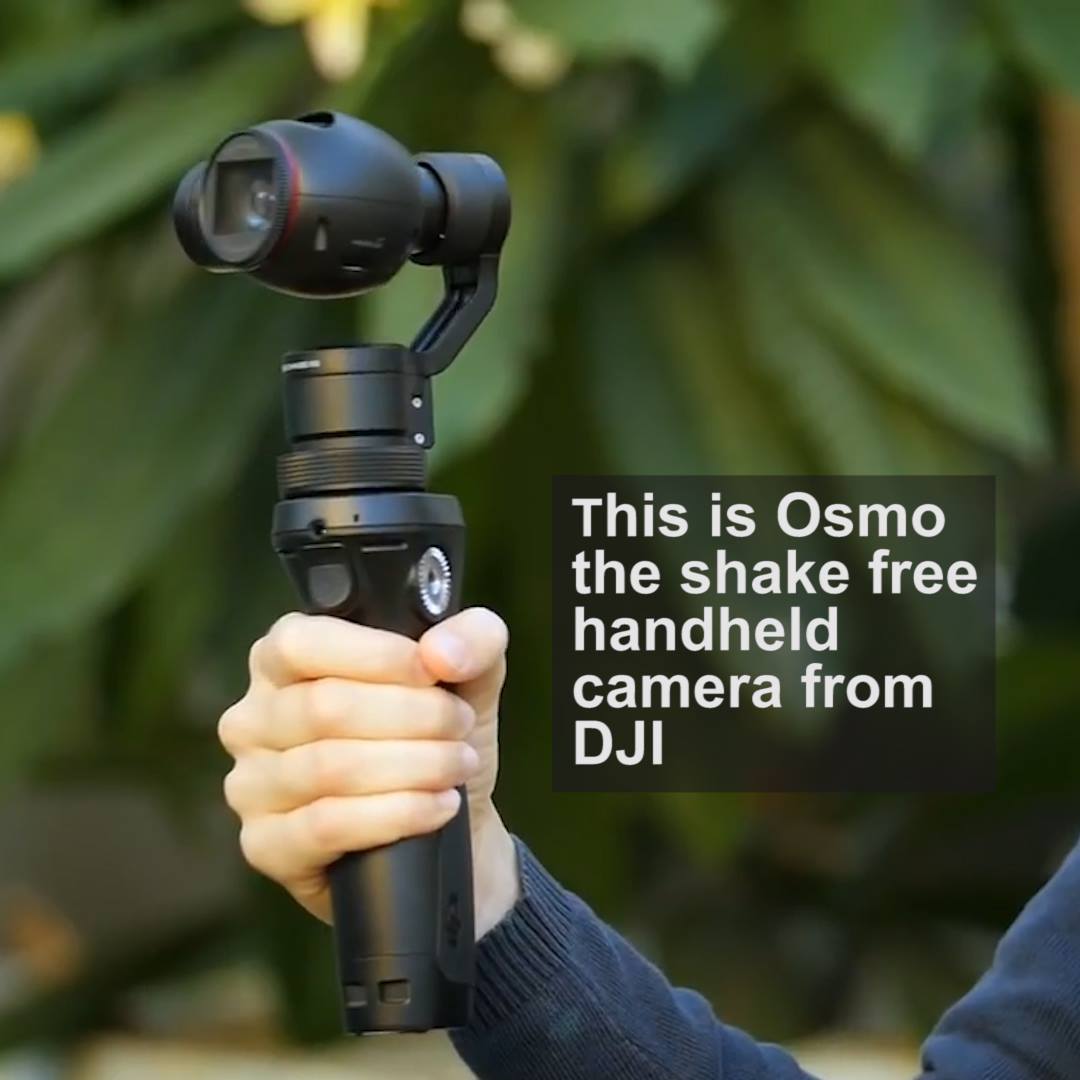
Osmo, the handheld shakefree camera.
This camera is pretty awesome! Time to make your next selfie vid look like a Spielberg movie.
